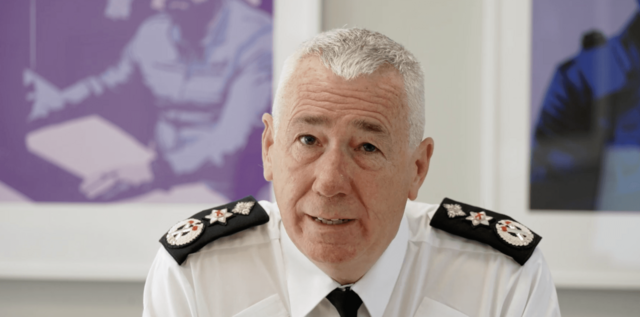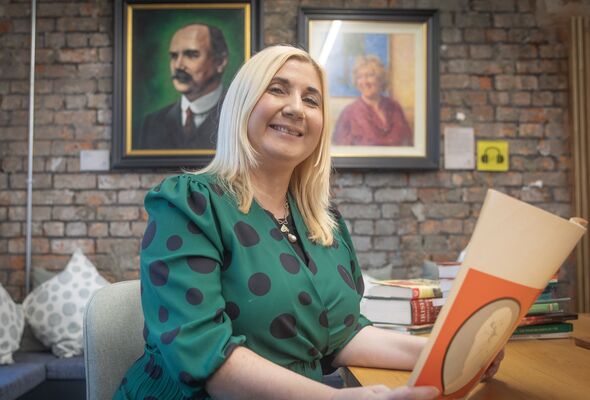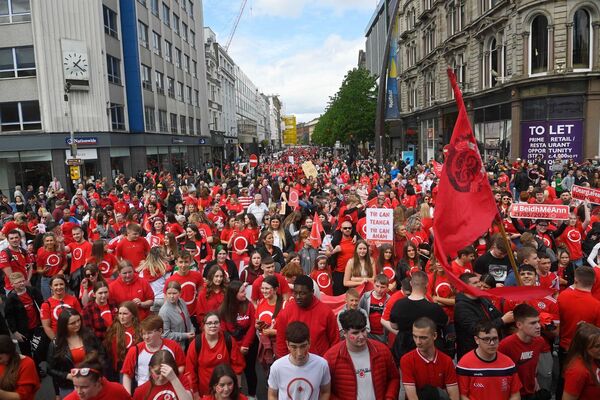In a changing Ireland, the passing of Pope Francis is giving pause to many to reflect on the island’s relationship with the Catholic Church. With his death occurring on Easter Monday there was perhaps more concentrated attention to questions of his ministry, his version of the church and his impact.
There was a clearly curated narrative of much of this as RTÉ and BBC had almost identical biographical details and photographs, including most especially his journey from harsh leader of the Jesuits under the Argentinian Junta, to his years of seeming exile, to a redemptive man of the poor, then promotion to Cardinal.
And it was this latter version that explained the love so many had for him.
Christ is risen! These words capture the entire meaning of our existence, for we were not made for death but for life. #Easter https://t.co/s8D2o4WCfV
— Apostolica Sedes Vacans (@Pontifex) April 20, 2025
In Ireland the story felt framed by the 2018 visit. The narrative was primarily about crowd sizes by comparison to 1979 when John Paul II visited, and a sanitised version of Pope Francis’ response to scandals, speaking in Italian homilies seeking forgiveness and in acknowledgement. This narrative was on repeat all day. It all felt a bit facile, mimicking the coverage when the English Queen Elizabeth died, only with less photo ops to draw on.
And for me it felt like an opportunity lost.
Ireland is not the same as it was in 1978 when Paul VI passed and the island stood still in national mourning. The stifling, right-wing oppression of an intertwined church and state, that was up to its neck in systemic, if silenced, violations, was in full swing when RTÉ played hymns with the pope’s image on the screen for hours, only to be broken by the news. That approach stands in contrast with this Easter Monday when RTÉ coverage from Dublin and Rome was broken by Cary Grant running from that crop sprayer in North by Northwest and, later, by Eastenders.
While the coverage acknowledged the impact of the painful breaking of that duopoly, mainly through the lens of falling church attendances, it did not feel like meaningful analysis.
It is only a week since it emerged that of the eight religious bodies that ran Mother and Baby Homes, only two have offered to contribute to the redress schemes. These homes that were specifically identified as having engaged in forced labour and adoption from which they profited, appear to have had no directive from Rome on these homes or any of the institutions who have been “asked” to “contribute” to compensation schemes.
The position of women in the Catholic Church has not been formally improved. Yes there are more consultative spaces but there are no more formal roles today than there were in 1978.
Bishop Diarmuid Martin speaking of the Pope being moved by survivors after a meeting near Croke Park was interesting but it didn't substitute for meaningful analysis.
And yet many of us are tied in heart and soul to the essence of a church which we hoped Francis symbolised.
A church that speaks out for the oppressed, the poor, the forgotten, and against war in Europe or in the Middle East. Francis was spoken of almost singularly with that lens for he alone among his peers represented the Church ideal many of us long for.
But we can cope with complexity. We need to reconcile the two churches – the one of harsh violation and the one where so many seek solace. And for the church’s survival, if it is to survive, that complex conversation of reconciliation must be real.








